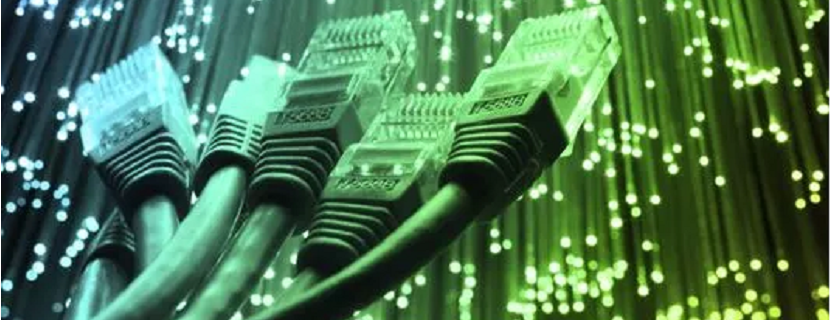Largest IPv6 backbone continues leadership role in next-generation Internet Protocol
“We’ve been aggressively growing our next generation IPv6 network, which has created tremendous growth in the number of networks we connect to”
IPv6 is the next generation Internet protocol designed to replace the legacy IPv4 protocol due to IPv4’s lack of addresses to support the long-term growth of the Internet, increasing number of smart phones and proliferation of the Internet of Things (IoT), the latter of which has dramatically expanded the volume of Internet aware devices such as TVs, cars, home security cameras, air conditioners, lights, etc. To enable this, IPv6 addresses have 128 bits while IPv4 addresses only have 32 bits.
According to the Google IPv6 statistics page, the percentage of users that access Google over IPv6 passed 20% for the first time on July 22nd, 2017. This is a doubling from 10% usage in January of 2016.
The impressive growth in the number of networks that Hurricane Electric has connected to can be traced to its global strategy of expanding to more countries and cities in order to provide existing customers with more direct routes while also reaching new customers. As Hurricane Electric continues to extend its network throughout the world, it will boost its long-held role as the most connected IPv6 network while strengthening its newly attained position as the most connected IPv4 network, providing robust support for the next billion people coming online. During the remainder of 2017, Hurricane Electric will continue to make additional investments to its network in strategic locations across the globe.
“We’ve been aggressively growing our next generation IPv6 network, which has created tremendous growth in the number of networks we connect to,” said Mike Leber, President, Hurricane Electric. “This increase will provide more direct paths to more destinations, lower latency, and improve throughput for the networks and Internet companies we serve, resulting in a better Internet experience for their customers. We started building an IPv6 backbone long ago to be better prepared to best serve our customers so they can continue their growth unimpeded as the Internet gradually transitions to this new protocol.”
Hurricane Electric offers an intuitive BGP Tool Kit (bgp.he.net) that analyses the BGP routing tables of large Internet networks. The tool kit features route graphs that show to whom Autonomous Systems are connected and how routes propagate. Peering relationships can be investigated to determine how routes are exchanged and how transits are handling particular routes.
In related news, on March 14th, 2016, Hurricane Electric connected to 5,000 IPv4 networks, establishing itself as the most connected IPv4 network in addition to its position as the most connected IPv6 network. The company is currently connected to more than 6,400 IPv4 networks; a figure that will continue to grow in the future.
About Hurricane Electric
Fremont, California-based Hurricane Electric operates its own global IPv6 and IPv4 network and is considered the largest Internet backbone in the world for both IPv6 and IPv4 as measured by number of networks connected. Within its global network, Hurricane Electric is connected to more than 160 major exchange points and exchanges traffic directly with more than 6,400 different networks. Employing a resilient fiber-optic topology, Hurricane Electric has no less than four redundant paths crossing North America, three separate paths between the U.S. and Europe, and rings in Europe, Asia, the Middle East, and Africa.
In addition to its vast global network, Hurricane Electric owns and operates two data centers in Fremont, California, including Fremont 2, its newest 208,000 square foot facility. Hurricane Electric offers IPv6 and IPv4 transit solutions over the same connection at speeds including 10 Gbps and 100 Gbps Ethernet.
For more information on Hurricane Electric, please visit http://he.net.
Read the full article at Business Wire.



